Guide to Transformer Efficiency
Optimize your transformers with our comprehensive guide to improving efficiency and performance.
Read More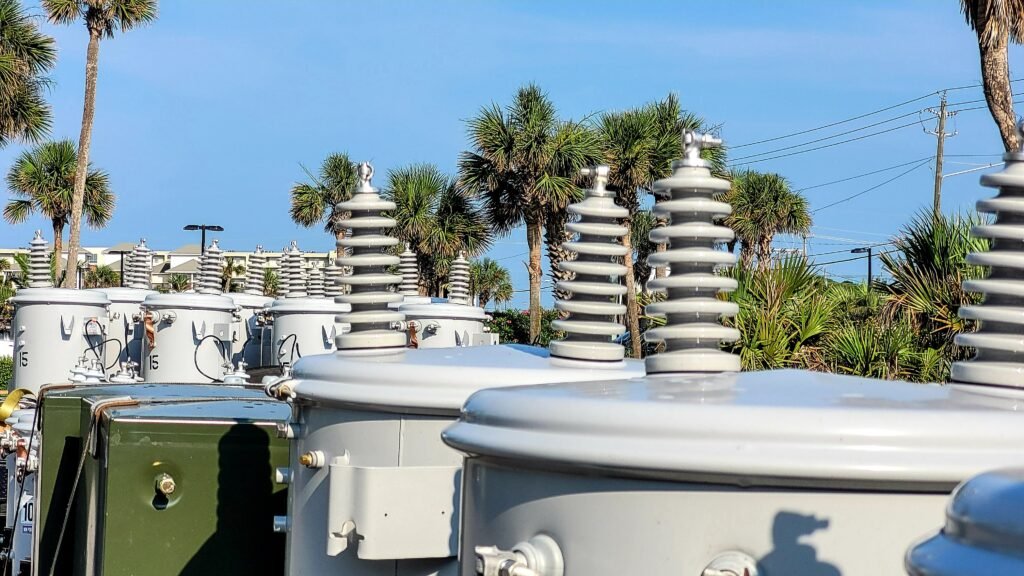
Pole Mounted Transformer are crucial components in modern power distribution systems, widely used especially in rural, suburban, and light industrial areas. They safely and reliably convert high voltage electricity into low voltage power suitable for homes and small commercial facilities.
In this article, we will provide you with a comprehensive understanding of pole mounted transformers—covering their working principle, product selection, application cases, industry trends, and maintenance tips—to help business buyers, project engineers, and decision-makers grasp this vital technology.
A pole mounted transformer is not a special type of transformer but refers to its installation — mounted on utility poles. They usually have a capacity below 250kVA. Their primary function is to step down high voltage from the power grid to safe, low voltage suitable for residential and small business use.
Main Types
| Type | Typical Capacity Range | Typical Application |
|---|---|---|
| Single-phase pole transformers | 10-167 kVA | Residential areas, small rural loads |
| Three-phase pole transformers | 50-333 kVA | Industrial parks, large electrical loads |
Application scenarios include rural and urban residential areas, industrial parks, and small commercial regions. Their overhead installation facilitates easy maintenance and is well-suited for rural and mountainous terrains.
The core of a pole mounted transformers working principle is based on the electromagnetic induction principle. When alternating current flows through the primary winding, it creates a changing magnetic field. This magnetic field passes through the iron core to the secondary winding, inducing a corresponding voltage, thus achieving voltage transformation (usually stepping down).
pole mounted transformer Key Components:
Cooling methods:
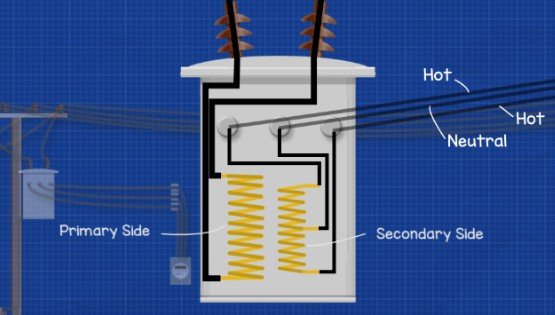
Technical parameters are crucial when selecting a pole mounted transformer. The following table compares typical product specifications:
| Parameter | 25 kVA | 50 kVA | 100 kVA |
|---|---|---|---|
| High Voltage (HV) | 7.62 kV | 7.62 kV | 7.62 kV |
| Low Voltage (LV) | 120/240 V | 120/240 V | 120/240 V |
| No-load Loss | 90 W | 130 W | 240 W |
| Load Loss | 800 W | 1500 W | 2500 W |
| Weight | 530 kg | 950 kg | 1650 kg |
| Dimensions (L×W×H mm) | 570×540×750 | 650×600×800 | 810×915×1100 |
Pole mounted transformers play a crucial role in power distribution projects worldwide. The following are real-world examples from our company’s successful projects in various countries, demonstrating the adaptability and reliability of our Distribution Transformer in different environments.
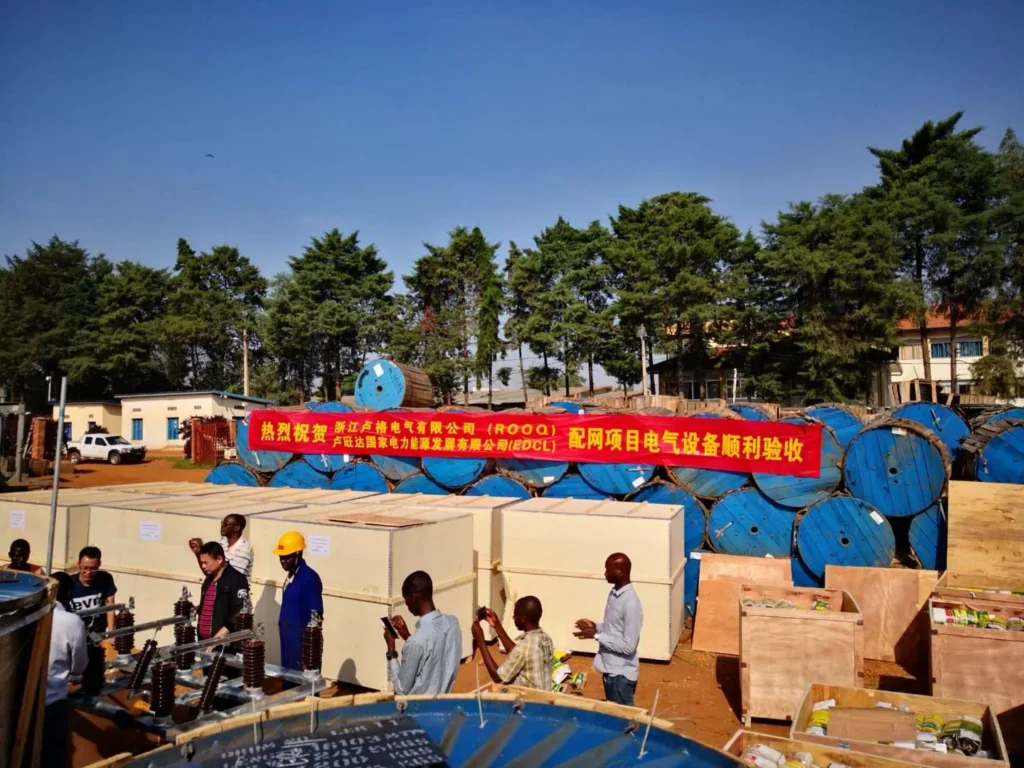
The first image shows the site of the Rwanda Distribution Network Upgrade Project. Our company supplied large quantities of pole mounted transformers and other electrical equipment for this project aimed at improving the reliability and coverage of rural and remote electrical grids.
| Project Location | Rwanda |
|---|---|
| Main Equipment | Pole mounted transformers and power distribution gear |
| Application | Rural and remote towns |
| Key Requirements | Corrosion resistance, high-temperature tolerance |
| Acceptance Status | Successfully completed |
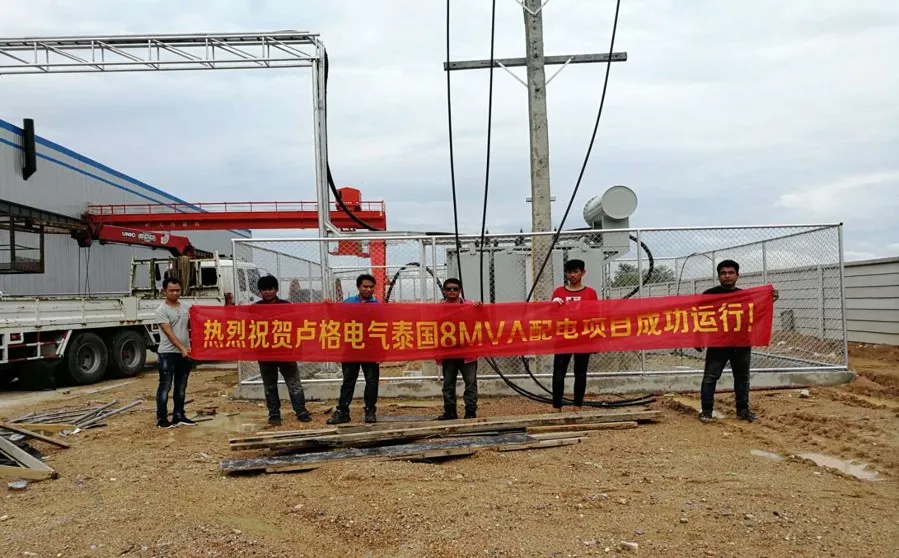
The second image captures our team during installation and commissioning of an 8 MVA power distribution project in Thailand’s industrial park.
| Project Location | Thailand |
|---|---|
| Transformer Capacity | 8 MVA |
| Application | Industrial park |
| Installation Site | Standardized and efficient |
| Operation Status | Stable and successful |
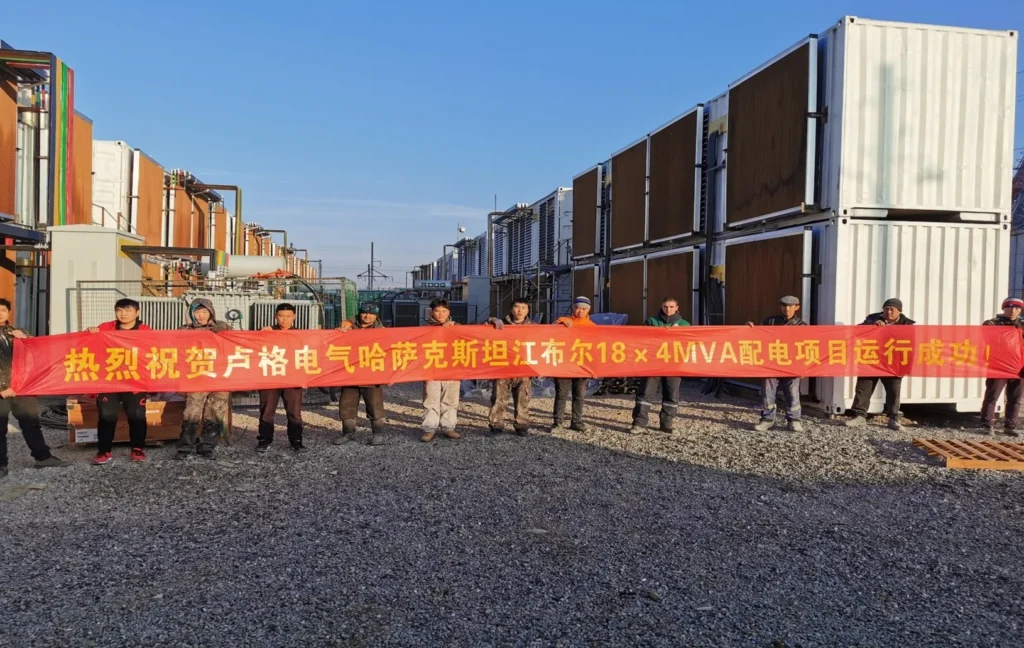
The third image shows a modular setup for the Kazakhstan Zhambyl power distribution project, where eighteen 4 MVA pole mounted transformers were deployed for grid expansion and upgrade.
| Project Location | Kazakhstan Zhambyl |
|---|---|
| Transformer Quantity | 18 units of 4 MVA |
| Design Features | Modular design, cold climate adapted |
| Client Type | Regional power grid company |
| Project Status | Successfully running |
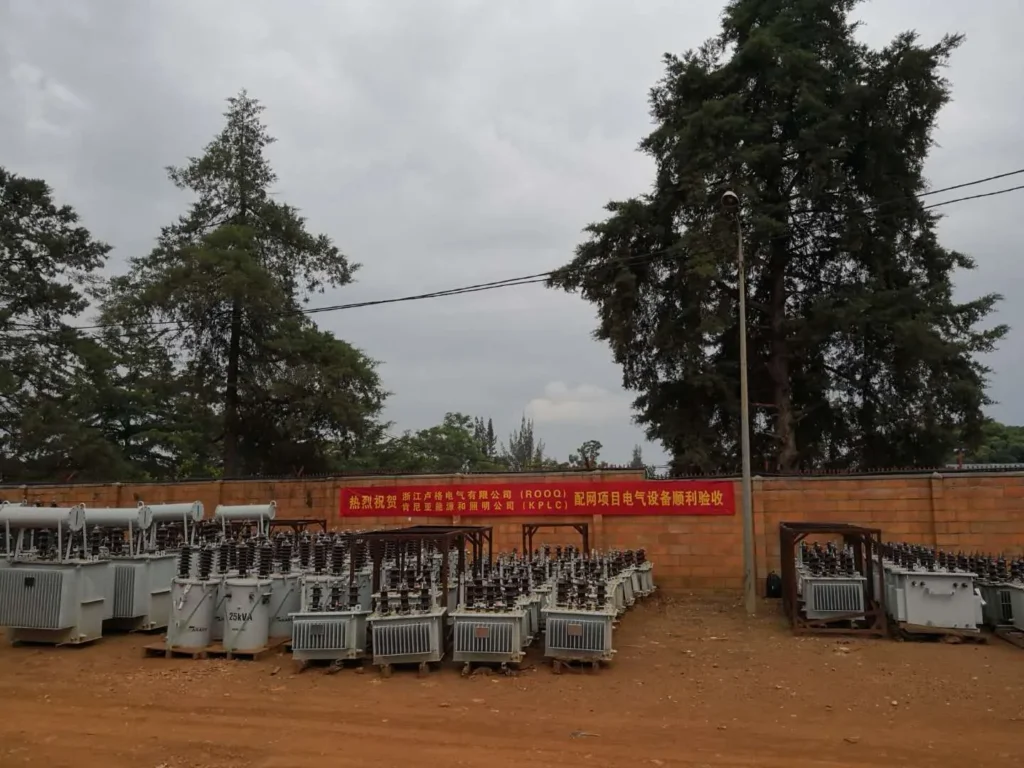
In the fourth image, a large batch of single-phase and three-phase pole mounted transformers are staged at our project site in Kenya, supporting the modernization and expansion of the local power distribution network.
| Project Location | Kenya |
|---|---|
| Equipment Types | Single-phase and three-phase pole mounted transformers |
| Project Characteristics | Distributed distribution, easy maintenance |
| Acceptance Status | Successfully completed |
| Indicator | Rwanda | Thailand | Kazakhstan | Kenya |
|---|---|---|---|---|
| Transformer Capacity Range | 10-250 kVA | 8 MVA | 4 MVA (18 units) | Multiple specifications |
| Main Application | Rural and remote distribution | Industrial park | Regional grid expansion | Distributed urban and rural distribution |
| Operating Environment | Tropical, dusty | Tropical industrial | Cold climate | Tropical rural and urban outskirts |
| Key Advantages | Corrosion resistance, easy maintenance | Large load capacity, fast installation | Modular design, cold tolerance | Easy maintenance, high cost performance |
| Customer Satisfaction | High | High | High | High |
These cases clearly demonstrate the robust performance and adaptability of our pole mounted transformers under diverse geographic and climatic conditions. Whether upgrading rural grids, supplying industrial parks, or integrating renewable energy sources, our products consistently deliver stable, efficient power distribution.

If your project requires reliable pole mounted transformer, please do not hesitate to contact our expert team for customized solutions and competitive quotations.
The evolving global power industry brings new opportunities for pole mounted transformer:
Market reports show rising demand for pole mounted transformers in Asia and Africa, driving manufacturers to upgrade product lines.
Proper installation and maintenance are key to prolonging pole mounted transformer lifespan.
Installation essentials:
Routine maintenance recommendations:
| Maintenance Item | Frequency | Purpose |
|---|---|---|
| Oil quality testing | Every 6 months | Ensure insulation integrity |
| Temperature measurement | Quarterly | Prevent overheating damage |
| Insulation inspection | Annually | Avoid breakdown and leakage |
| External corrosion cleaning | Semi-annually | Prolong equipment life |
By following these practices, downtime is reduced and equipment lifespan is extended.
If you are considering purchasing pole mounted transformers, please contact our professional team for customized solutions and quotations. We are ready to support your projects for smooth completion.
Purchasing pole mounted transformers involves more than just picking a model from a catalog. A well-structured procurement process ensures you get the right product that meets your project needs, complies with standards, and offers reliable performance. Here’s a step-by-step guide to help business buyers and project managers make an informed decision:
Check if the product adheres to local and international standards such as IEC, ANSI, IEEE, or your country’s regulatory requirements. This guarantees safety, quality, and compatibility.
Collect detailed quotations based on your specified parameters. If possible, request product datasheets, certifications, and references to validate claims.
Pole mounted transformer serve as the vital link between high-voltage transmission and low-voltage users. Their reliability directly impacts the safety of electricity usage in thousands of households. Mastering the basic knowledge and practical tips in this article will help you choose, install, and maintain transformers more effectively. Looking ahead, with smart grids and renewable energy rapidly advancing, pole mounted transformers will continue to evolve and bring new vitality. We look forward to your inquiry and to working together toward smarter, more efficient power distribution!
Yes, depending on its capacity. A single-phase transformer with adequate KVA can supply power for multiple homes in residential areas. However, careful load calculation is essential to avoid overloading.
1. Overheating casing or oil temperature above normal levels
2. Unusual noises or humming sounds
3. Voltage fluctuations affecting connected appliances
4. Frequent tripping of protective devices
5. Regular thermal imaging or temperature monitoring can provide early warnings.
First, isolate the transformer for safety. Contact a qualified technician to diagnose the issue. If replacement is necessary, having a backup or quick procurement channel is crucial to minimize downtime.
Routine inspections every 6 to 12 months are recommended, with more frequent checks in harsh environments. This includes oil testing, temperature measurement, and visual inspection.
Absolutely. Ensure proper grounding, maintain safe distances from high voltage lines, and follow local electrical codes. Using experienced installers reduces the risk of accidents.